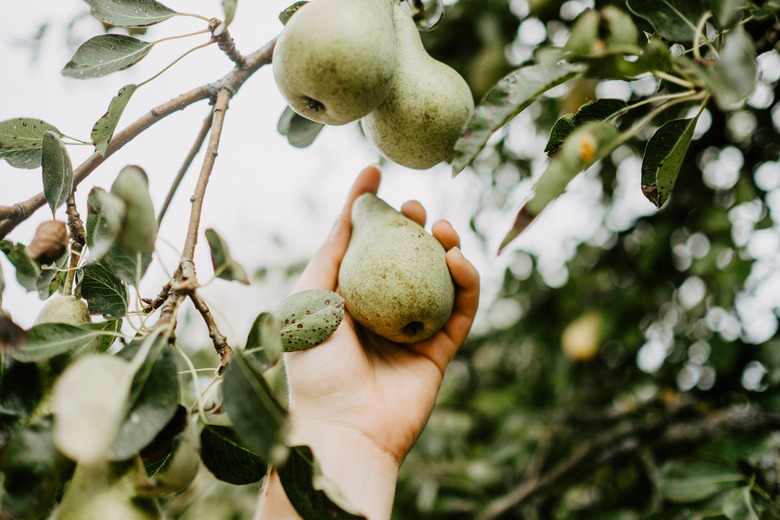How To Grow A Fruit Tree From A Branch
We may receive a commission on purchases made from links.
If you want to grow fruit trees in your garden for their delicious fruit, one method is superior to others: growing a new fruit tree from a branch cutting. While saving seeds for replanting is all well and good, growing new fruit trees from cuttings is sure to give you the same quality fruit as the parent plant. Growing from cuttings is also one of the fastest ways to grow a new tree.
Things Needed
-
Transparent plastic bags
-
Heat mat (optional)
How to Grow a Fruit Tree From a Branch
1. Get Your Timing Right
Different types of trees are best cut at different times of year. Take softwood, semihardwood, and hardwood cuttings during different seasons. Softwood cuttings should be taken in spring and early summer; semihardwood cuttings in fall; and hardwood cuttings in late fall, winter, or early spring. So, before you do anything else, figure out whether the timing is right for the cutting you want to take and replant.
2. Take Your Cuttings
Using a clean, sharp knife, take cuttings of about 4 to 6 inches long. Take a few cuttings to increase your odds of growing a healthy tree, as some may fail to take root.
If you're taking a softwood cutting, take it from a soft green stem with young leaves at the tip, in spring or early summer. If you're taking semihardwood cuttings, do so in fall, when the growth on the branches is starting to mature. Finally, for hardwood cuttings, use a piece of older, more mature branch when they are dormant (late fall, winter, or early spring).
Remove any leaves from the lower third of the stem. If your tree is semihardwood or hardwood, cut some small slits in the outer layer of each branch to help with absorption. It's important that cuttings don't dry out.
3. Dip the Branches in Rooting Hormone
Rooting hormone helps the cuttings take root and disinfects the branches. Dip the cut end of the branches in a premade rooting hormone or a natural one, like willow water, honey, apple cider vinegar, or cinnamon.
4. Plant Each Branch in a Pot
Fill several pots with a rooting medium, such as coarse sand mixed with perlite/vermiculite and peat moss or coconut coir. Do not use soil, which could be contaminated. Dampen the rooting medium because it's important that this stays moist. Make a small hole in the center with your finger and plant the branches in the pots. Firm down the soil around the holes.
5. Cover Them With a Plastic Bag
Cover the planted branches and pots with transparent plastic bags with holes for ventilation, or an upside-down jar or plastic bottle. These create a mini greenhouse environment, but there should be adequate airflow.
6. Place Them in Bright Light
Place the cuttings and pots in indirect sunlight. Temperatures of around 60 to 65 degrees Fahrenheit are ideal. If you have a heat mat with the temperature set to around 70 degrees, this will speed the growth of the roots.
7. Maintain the Cuttings as They Grow
Remove and then replace the plastic bags about once a day to help prevent mold from developing. If all is well, roots should appear within a few months. When a good root system has been established, you can discard the plastic bags and transfer the cuttings into more nutrient-dense soil. While it's important to keep the cuttings moist, it's also important that they don't rot. To avoid this, opt for a soil-less medium. such as peat moss, perlite, or sand. Now, watch your trees come to life and bear fruit!
